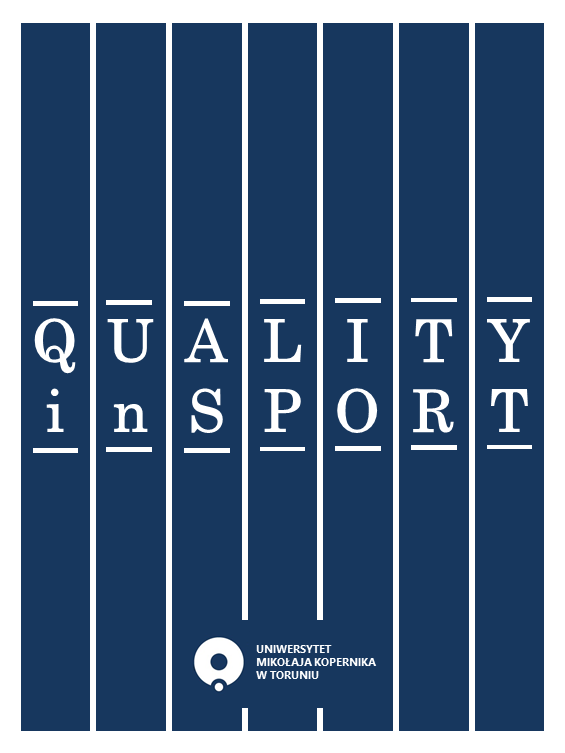Herbal medicine for experimental type 2 diabetes and atherosclerosis
DOI:
https://doi.org/10.12775/QS.2025.41.60382Keywords
atherosclerosis, type 2 diabetes, liver, herbal remedy protectionAbstract
Introduction. In the present era, atherosclerosis and type 2 diabetes represent the most socially significant diseases. Furthermore, the situation is exacerbated by the prevalence of chronic stress among the Ukrainian population. Among the organs most affected by this process, the liver is of particular significance.
Aim. The objective of this study is to examine the impact of herbal preparations on the restructuring of liver tissue in the context of experimental atherosclerosis and diabetes.
Materials and methods. The study was conducted on a group of 50 male rats. The classical model of atherosclerosis proposed by Anichkov and the dexamethasone suppression model of diabetes were employed in this study. A decoction of Transcarpathia medicinal plants (prepared according to our own recipe) was used as a prophylactic agent.
Results. The experimental model of atherosclerosis and diabetes revealed the development of degenerative changes in the liver. These changes are most evident in the group that has undergone two simulated pathological processes. The prophylactic administration of traditional medicinal plants from Transcarpathia was observed to have a pronounced hepatoprotective effect.
Conclusions. The experimental induction of atherosclerosis and diabetes in animals has been observed to result in degenerative alterations to the liver parenchyma and stroma. The prophylactic administration of a decoction of medicinal plants from Transcarpathia has been demonstrated to exert a hepatoprotective effect, as evidenced by morphological studies.
References
1. Bergmark BA, Marston NA, Prohaska TA, et al. Olezarsen for Hypertriglyceridemia in Patients at High Cardiovascular Risk. N Engl J Med. 2024;390(19):1770-1780. doi:10.1056/NEJMoa2402309
https://doi.org/10.1056/NEJMoa2402309
2. Preclinical studies of medicinal products: methodological recommendations of MR. Kyiv. Avicenna; 2001: 528 p.
3. Keeter WC, Moriarty AK, Galkina EV. Role of neutrophils in type 2 diabetes and associated atherosclerosis. Int J Biochem Cell Biol. 2021;141:106098. doi:10.1016/j.biocel.2021.106098
https://doi.org/10.1016/j.biocel.2021.106098
4. The European Summit agrees that the only answer to cardiovascular disease must be lifestyle changes. Medicines of Ukraine. 2010; 10: 39–40.
5. Yao H, Zhang A, Li D, et al. Comparative effectiveness of GLP-1 receptor agonists on glycaemic control, body weight, and lipid profile for type 2 diabetes: systematic review and network meta-analysis. BMJ. 2024;384:e076410. Published 2024 Jan 29. doi:10.1136/bmj-2023-076410
https://doi.org/10.1136/bmj-2023-076410
6. Mesova A.M. The method of reproduction of type 2 diabetes in young rats. Pat. No. (19) KZ (13) A U (11) 22018; publ. 15.02.2009 ; Bul. No. 12
7. Wang Y, Chen S, Du K, et al. Traditional herbal medicine: Therapeutic potential in rheumatoid arthritis. J Ethnopharmacol. 2021;279:114368. doi:10.1016/j.jep.2021.114368
https://doi.org/10.1016/j.jep.2021.114368
8. Snow V, Aronson MD, Hornbake ER, Mottur-Pilson C, Weiss KB; Clinical Efficacy Assessment Subcommittee of the American College of Physicians. Lipid control in the management of type 2 diabetes mellitus: a clinical practice guideline from the American College of Physicians. Ann Intern Med. 2004;140(8):644-649. doi:10.7326/0003-4819-140-8-200404200-00012
https://doi.org/10.7326/0003-4819-140-8-200404200-00012
9. Gallagher EJ, LeRoith D, Stasinopoulos M, Zelenko Z, Shiloach J. Polyol accumulation in muscle and liver in a mouse model of type 2 diabetes. J Diabetes Complications. 2016;30(6):999-1007. doi:10.1016/j.jdiacomp.2016.04.019
https://doi.org/10.1016/j.jdiacomp.2016.04.019
10. Kelsey MD, Nelson AJ, Green JB, et al. Guidelines for Cardiovascular Risk Reduction in Patients With Type 2 Diabetes: JACC Guideline Comparison. J Am Coll Cardiol. 2022;79(18):1849-1857. doi:10.1016/j.jacc.2022.02.046
Downloads
Published
How to Cite
Issue
Section
License
Copyright (c) 2025 Żanna Białoszycka, Alina Biloshytska, Monika Małgorzata Białoszycka, Alisa Pachevska, Mykyta Vasyliev

This work is licensed under a Creative Commons Attribution-NonCommercial-ShareAlike 4.0 International License.
Stats
Number of views and downloads: 179
Number of citations: 0



